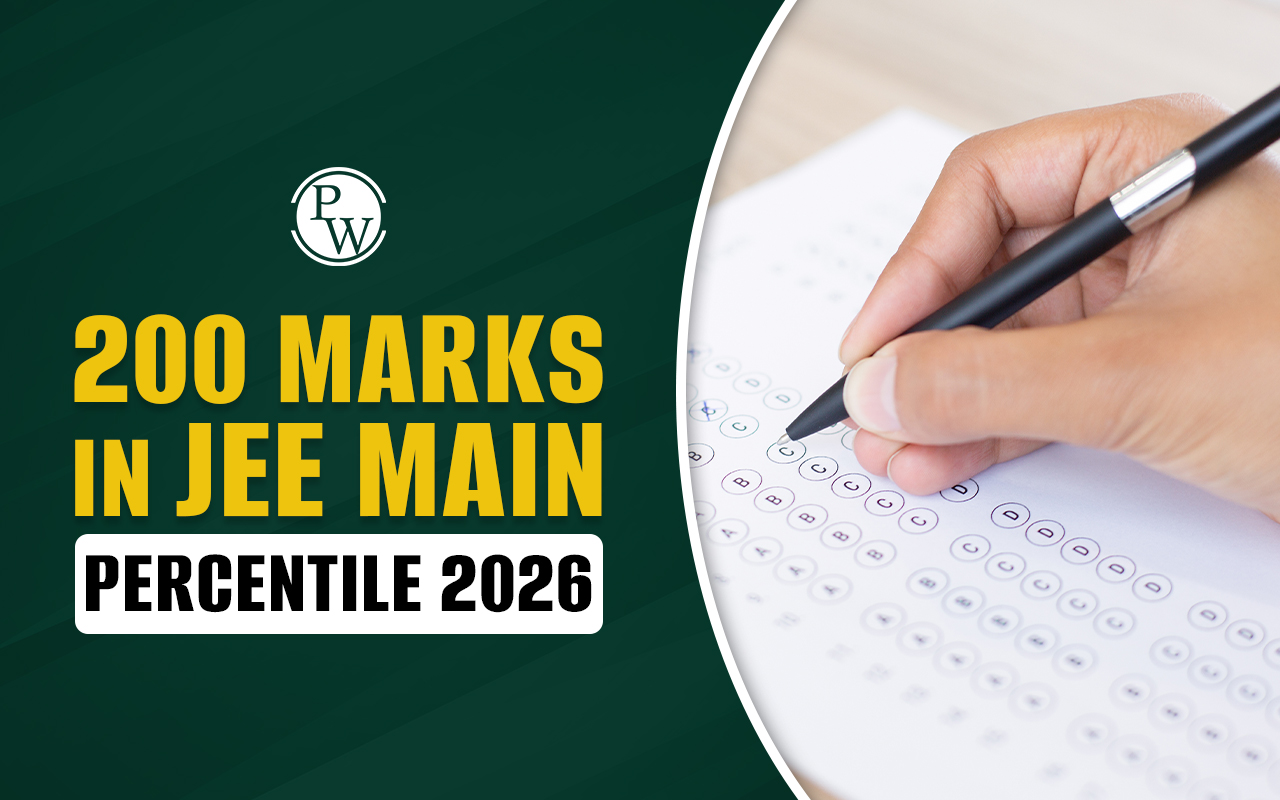
What Is Resistance: Resistance is a property of a material by which it opposes the flow of electric current. In the context of the JEE Main physics syllabus and JEE Advanced physics syllabus, this is an important topic as it appears frequently in JEE physics questions on electricity. Let us know more about Resistance in detail in this article.
What Is Resistance And Resistivity : Are Resistance and Resistivity the same? Or are there any significant differences between them? The difference between resistance and resistivity is an important question for competitive exams. Resistance measures a conductor’s ability to oppose the flow of electrons, while resistivity is a material-specific property that measures the resistance of a unit length and cross-section. Students are often asked what is the difference between resistivity and resistance in exams like JEE, so understanding both is important.What Is Resistance?
Resistance is a fundamental property of electric current which offers opposition to the flow of electric current. It influences the behavior of electric circuits and devices and is an important property to consider while designing circuits. According to Ohm’s law, when we apply voltage to a circuit, an electric current flows in the circuit. The ratio of applied voltage to electric current remains constant.However, some physical conditions, such as area, temperature, length, etc., should remain constant. The constant is called the Resistance of this conductor. It is denoted by ‘R’. The resistance is measured in Ohms ( Ω). For aspirants following the JEE Main exam pattern and JEE Advanced exam pattern, resistance-related derivations and problems are part of the high-weightage topics.
Here, R is the constant, which is referred to as the Resistance of the conductor. Important laws of Resistance from Ohm’s law are given below.
-
Resistance (R) is directly proportional to the potential difference of the conductor, provided that other important physical properties are kept constant.
-
Resistance (R) is inversely proportional to the current flowing inside the conductor.
What is Resistivity?
The resistivity of any material is defined by the total amount of resistance offered per unit length (l) and unit cross-sectional area (a) of a wire in the flow of electric current. If we define resistivity, it is the intrinsic property of a material that opposes electric current, independent of its dimensions.Let us consider the length in meters and the area in sq. meters.
-
Resistance is directly proportional to the length of the wire or conductor (meter)
-
Resistance is inversely proportional to the area of the cross-section of the conductor (sq. meter)
l= length of conductor (meter) a = area of cross-section ( sq. meters)
Important Factors Affecting Resistance of a Conductor
The resistance of a conductor is the opposition to the flow of electric current. It is denoted by “R”. The S.I. unit of resistance is Ohm. The resistance of a conductor depends on the following major factors.
-
The resistance of a conductor depends on the temperature of the material.
-
It is inversely proportional to the area of the cross-section of a conductor.
-
The resistance of a conductor is directly proportional to the length of the conductor. As the length of the conductor increases, resistance also increases and vice versa.
-
According to Ohm’s law, resistance is the constant ratio of voltage and current in a conductor.
-
The resistance of a conductor is constant if all the physical factors, like area, length, and temperature, are kept constant.
-
The resistance of a conductor is directly proportional to the voltage applied or potential difference.
Important Factors Affecting Resistivity
Resistivity is the fundamental property of a material that offers resistance to the flow of electric current. It is represented by rho (ρ). Let us know some of the major factors affecting the resistivity below.- Resistivity depends on temperature, and it increases with an increase in temperature. However, the resistivity of insulators and semiconductors may behave differently.
- It also depends on the composition of materials and how easily free electrons can flow inside a conductor. For example, metals have low resistivity, while insulators have high resistivity.
- The arrangement of atoms in a material also affects its resistivity. Crystal defects and impurities can offer more resistivity.
- Pressure, electric current and magnetic fields can also affect resistivity.
Temperature Coefficient of Resistance
A significant change in the resistance of a material per kelvin is called the temperature coefficient of resistance.|
Temprature coefficient of Resistance |
| a = Rt – R0 / R0t |
Temperature Coefficient Of Resistivity
A significant change in the resistivity of a material per kelvin is defined as Temperature coefficient of resistivity. It can also be expressed as follows.| Temprature coefficient of Resistivity |
| a = ρ t – ρ 0 / ρ 0 t |
Difference Between Resistance and Resistivity
The difference between resistance and resistivity is summarized in the table below. This is a direct question often found in JEE physics questions.| Difference Between Resistance and Resistivity | |
| Resistance | Resistivity |
| Resistance is a fundamental property of electric current that opposes the flow of electric current. | Resistivity is the property of a material that opposes the flow of electric current. |
| It is denoted by R. | It is denoted by a Greek word rho ( ρ). |
| Resistance is directly proportional to the length and temperature. | Resistivity also depends on the nature of the material of a conductor. |
| R = V/I or, R = ρ(L/A) V = Voltage, I = Current, ρ = Resistivity | ρ = (R×A)/L R = Resistance, L= = length, and A = Cross-sectional area |
| It is the ratio of the length and cross-sectional area of the conductor. | It is the ratio of the product of resistance, area and area of length of the conductor. |
| The SI unit of resistance is Ohm ( Ω). | The S.I. unit of resistivity is Ohm-meter ( Ω-m). |
| It depends on temperature, cross-sectional area of the conductor, and length. | It depends on temperature. |
| Resistance applications are fuses, sensors, kettles, power control circuits, etc. | Its application can be found in water resource management, quality control tests, detecting faults, depth of the water table, etc. |
What Is Resistance? FAQs
Q1. What do you mean by resistance?
Q2. What do you mean by Resistivity?
Q3. What is the major difference between resistance and resistivity?
Q4. What causes resistance?
Q5. What is the similarity between resistance and resistivity?










